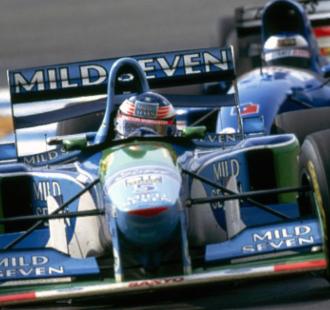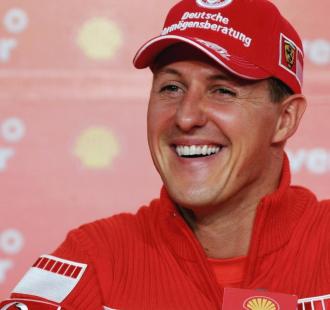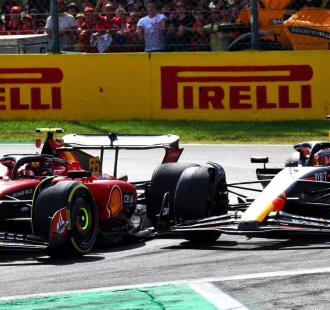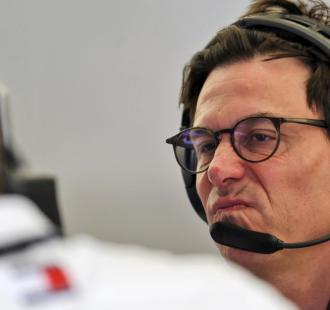
F1's biggest scandals: 1994 Benetton cheating controversy
The images of the Benetton mechanics being engulfed in flamesduring a routine pit stop at the 1994 German Grand Prix atHockenheim are some of the most iconic to have come out of Formula1. Five mechanics and driver Jos Verstappen suffered burns in theincident, although thankfully nobody had any life threatening orserious injuries as a result. But what was the cause of the fire?It turned out to be part of one of the accusations of cheating thatwere levelled against Benetton during that season. The fuel rigFollowing an investigation from the FIA, it was found out that thefuel spillage which prompted the fire, was caused by a valve in itsrefuelling rig failing to close to due to the presence of a"foreign body." The FIA and Intertechnique, the company whomanufacturered refuelling equipment for all the teams, believed the"foreign body" reached the valve because of a filter. This filterwas designed to eliminate the risk of spillage and had beendeliberately removed according to the company in their findings. Itlater transpired that Benetton removed the filter to increase thefuel flow rate by 12.5%, thus giving them a one-second advantageduring their pit stops. No further action was taken after it wasfound Benetton removed the filter without the intention ofcheating, but a much bigger accusation was gathering storm in thebackground. Article continues after image. Traction controlAllegations of the Benetton using traction control first emerged atthe Brazilian GP, when Micheal Schumacher made a pit stop whichenabled him to go on to win the race. Following the tragic raceweekend at Imola, the FIA asked Benetton, Ferrari, and McLaren toprovide copies of their engine management system source code to seeif a traction control system was being stored. Both McLaren andBenetton missed the deadline and were fined $100,000 by thegoverning body, while the latter had to direct the FIA to engineprovider Cosworth as they did not have permission from them toprovide it. Analysis was also made on the black boxes and foundthat a "launch control" system was in the software, after itincluded a hidden trigger system. The investigation showed that itcould be triggered by a PC and that it was an option that was not'visible' known as 'Option 13'. The team later admitted theexistence of the code, but claimed that it could not be activatedby Schumacher. The FIA had no proof it was being used, so nofurther action was taken. "The best evidence is that BenettonFormula Ltd was not using 'launch control' at the 1994 San MarinoGrand Prix," said the FIA. The aftermath In the aftermath the FIAadmitted that it had trouble scrutinising driver aids on the cars,with a decision later being made to permit traction control, launchcontrol and automatic transmissions in 2001. Launch control andautomatic gearboxes were later banned again in 2004 with teams nowrequired to use identical ECU units from 2008, which prevents themfrom concealing traction control and other electronic driver aids.


